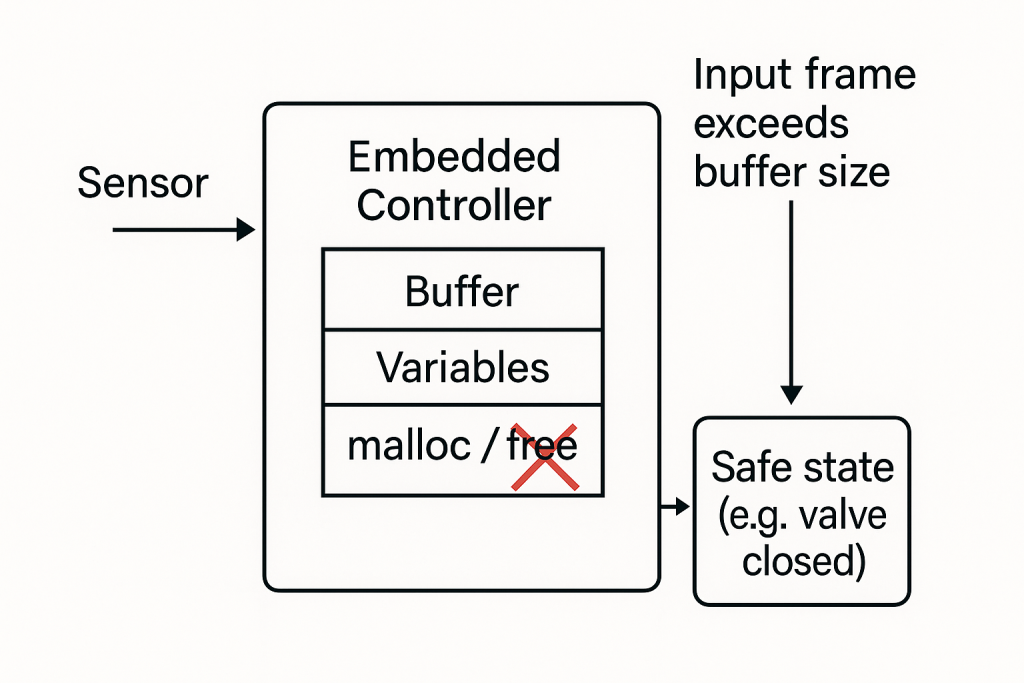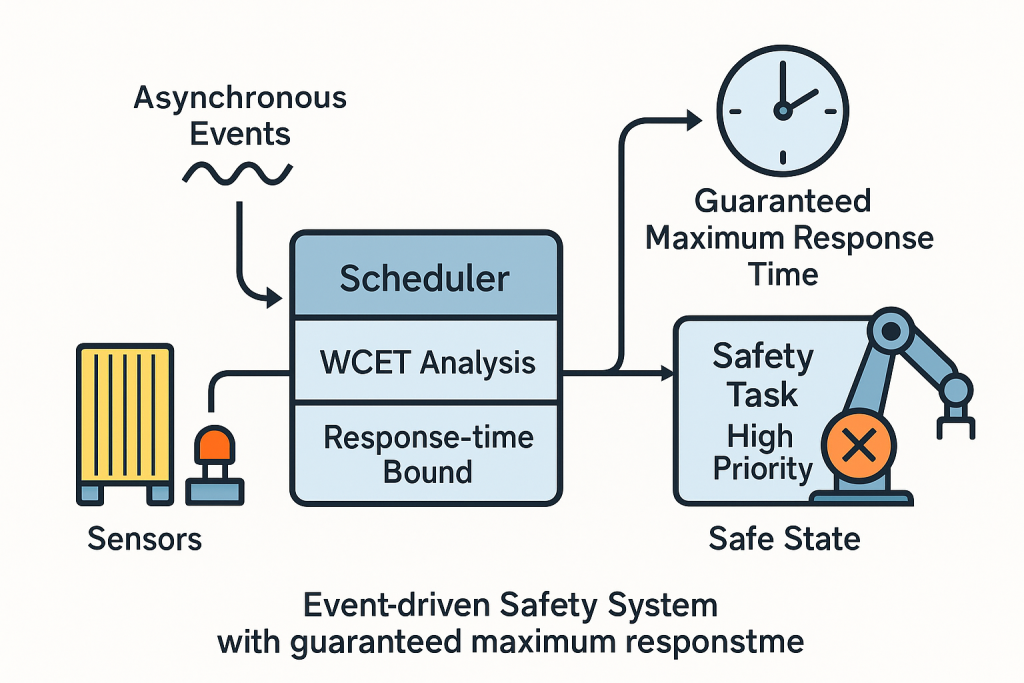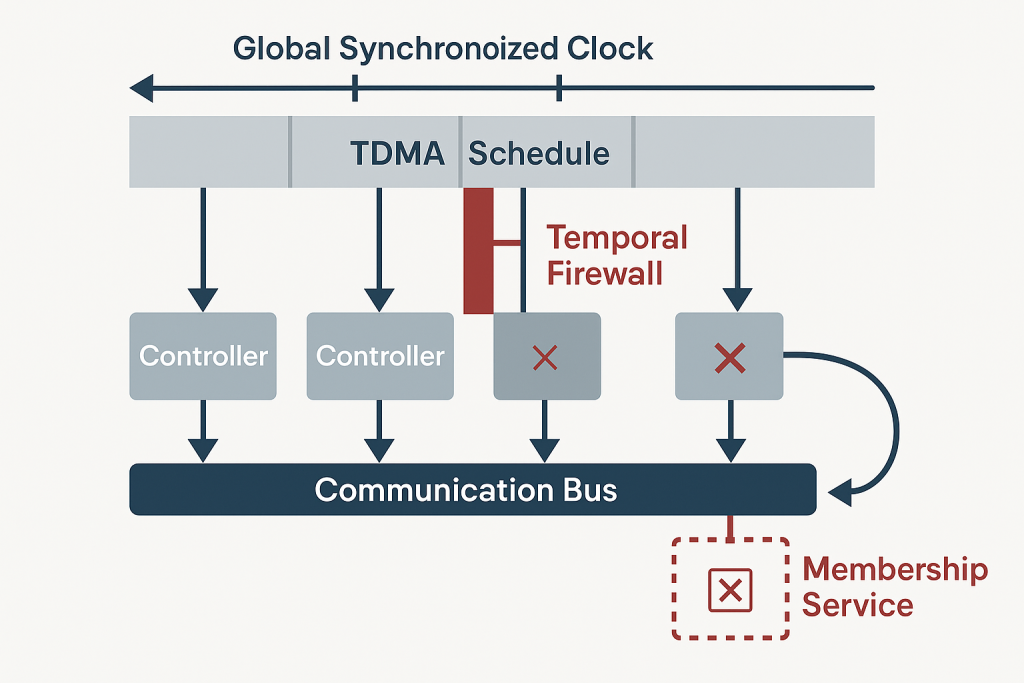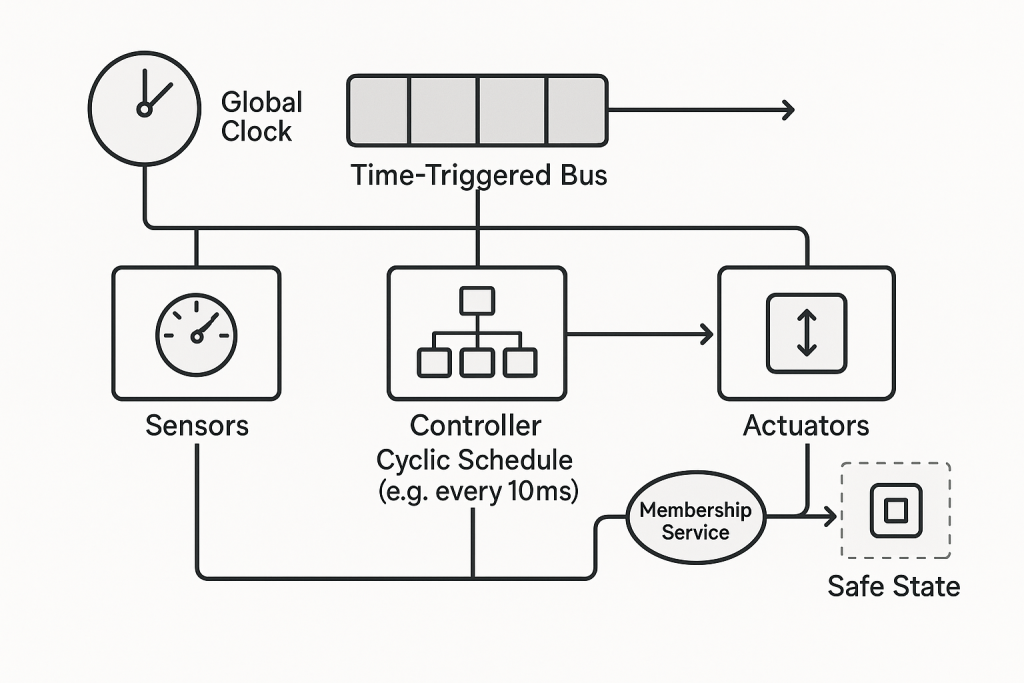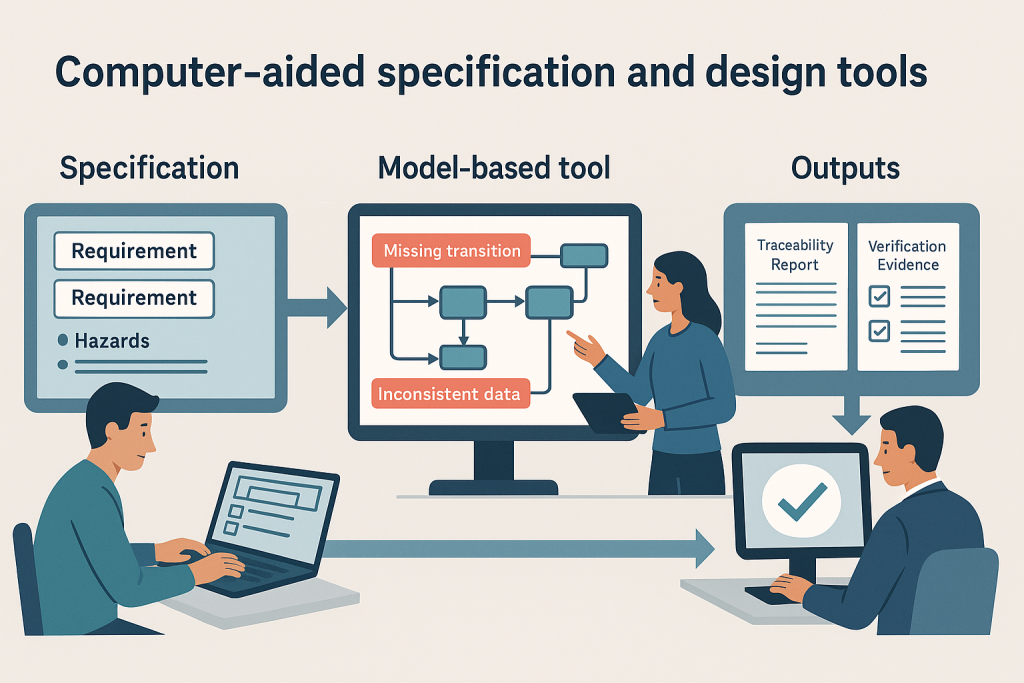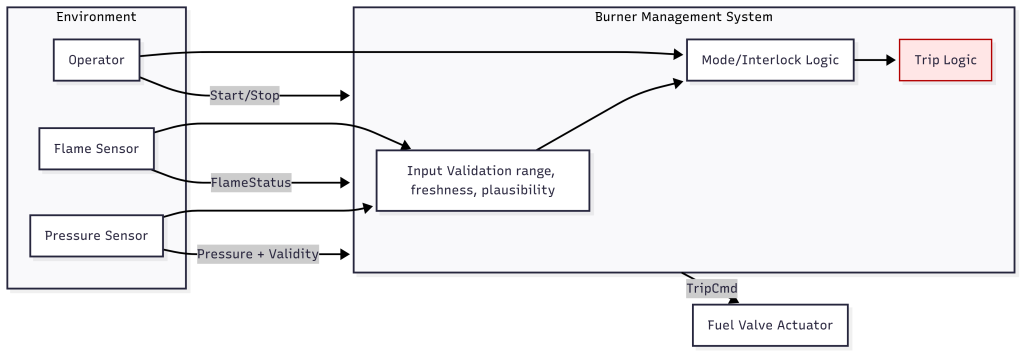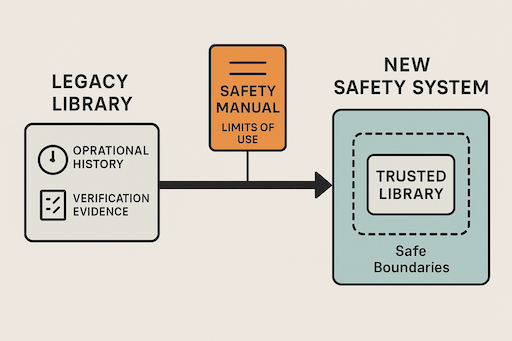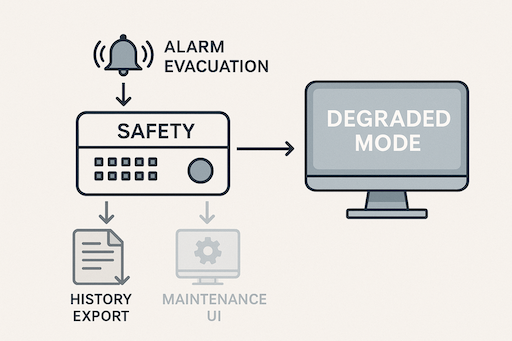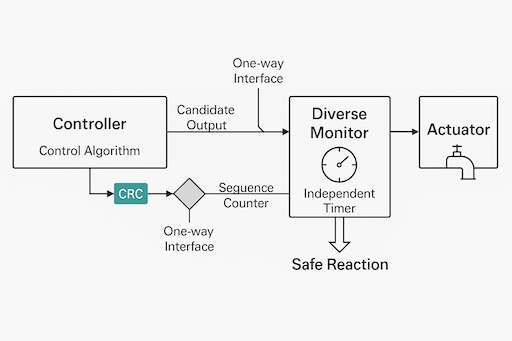Static Resource Allocation
Static resource allocation means all memory is reserved at compile-time, with no run-time allocation. In functional safety (IEC 61508, ISO 26262), this avoids unpredictable memory failures such as fragmentation, exhaustion, or overwriting. It controls systematic failures by ensuring deterministic behavior and easier verification. Used in embedded systems, PLCs, and automotive ECUs, it guarantees predictable execution but requires careful worst-case sizing to avoid overflows.
